Established July 21, 2009 Owner Bank Indonesia | Founded 1998 | |
 | ||
Location Jl. Pintu Besar Utara No. 3, Jakarta Barat Type economic and numismatics Collection size A collection of old currencies and display on history of banking system in Indonesia. Similar National Museum of Indonesia, Ancol Dreamland, Istiqlal Mosque - Jakarta, National Monument (Indonesia), Wayang Museum | ||
Bank Indonesia Museum (Indonesian Museum Bank Indonesia) is a bank museum located in Jakarta, Indonesia. It was founded by Bank Indonesia and opened on 21 July 2009. The museum is housed in a heritage building in Jakarta Old Town which had been the first headquarters of the Netherlands Indies gulden (De Javasche bank), the central bank of Dutch East Indies. The bank was nationalized as Bank Indonesia in 1953, after Indonesia gained its independence. The museum is closed on Mondays (including public holidays) and has no entrance fee. It is located next to Bank Mandiri Museum.
Contents
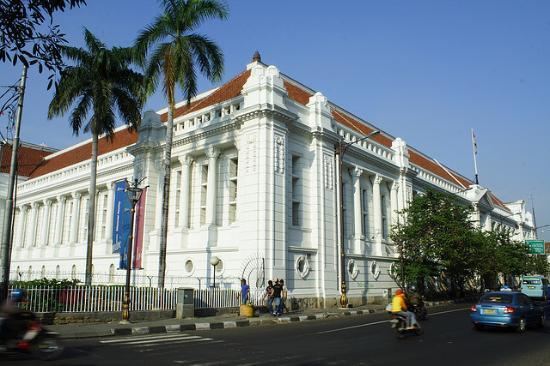
History
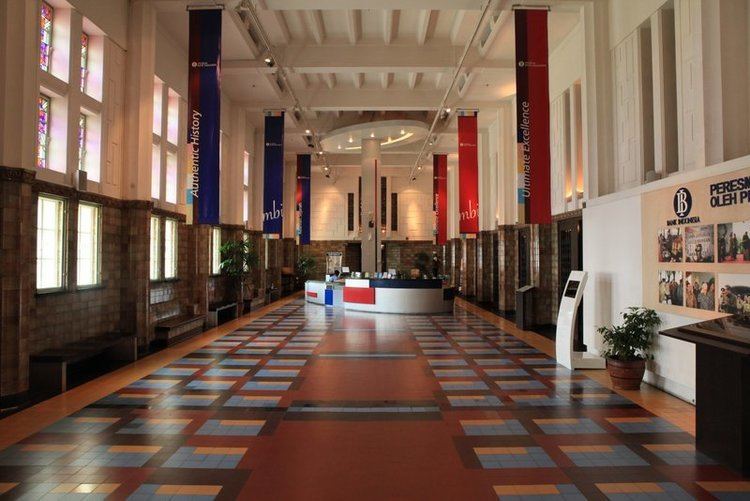
De Javasche Bank was formed in 1828 as a circulation bank of the Dutch east indies and was responsible in issuing Netherlands Indies Guldens. The building stand in a plot that had been Batavia's Inner Hospital (in Dutch: "Binnenhospital" named "inner" due to its location being inside the wall) which was built in the early 18th century and was abandoned in 1780, as the central hospital was moved to Weltevreden. The building was sold to a trade firm Mac Quoid Davidson & Co. in 1801, and was purchased by De Javasche bank in 1831.
The old hospital building was demolished in the early 20th and on the site a new building designed by Eduard Cuypers was erected. Cuypers was a famed Dutch architect and are keen on experimenting and inserting indigenous Indonesian elements into his design. The building's front facade was completed in 1909 in Neo-Renaissance architecture with Javanese ornaments on its details. The inner court was only changed into its present form after another renovation in 1926.
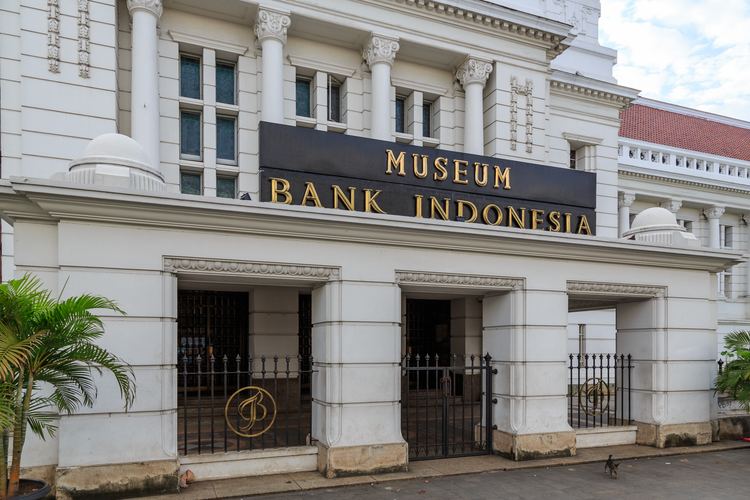
The bank continued as the acting central bank of Indonesia during the Japanese occupation in 1942 and after the Indonesian declaration of independence in 1945. Its first Rupiah note was printed in 1944 under the Japanese supervision, in an effort to nationalize its identity. After the Netherlands recognized Indonesia's independence in 1950, the Indonesian government agreed to retain De Javasche Bank as central bank of Indonesia. However, with increasing animosity between the two party, the bank was nationalized as Bank Indonesia in 1953.
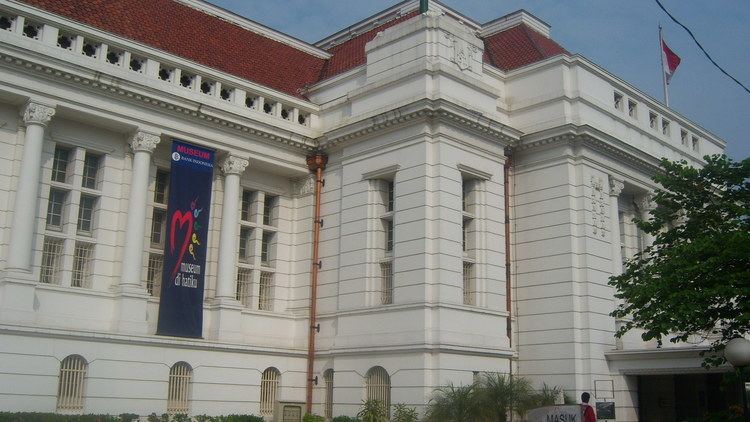
In 1962 a new central bank headquarter building was completed, thus the old building was left to deteriorate. The building was restored into a museum in 2006, and was formally opened by the acting president Susilo Bambang Yudhoyono on 21 July 2009.
Museum
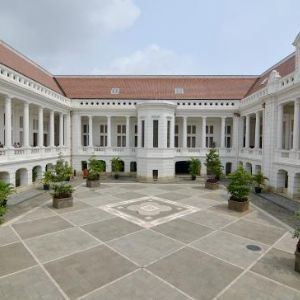
The museum is designed to introduce the public Bank Indonesia's role on the Indonesian history, such as monetary policies and payment system that changes over time. The museum also provide visitors with audio and visual experience on the history of currencies and trade in Indonesia from pre-colonial era to the present state. It include eras such as the early spice-trading history, Dutch East India Company spice monopoly in the Indonesian archipelago, banking system of the Dutch East Indies, currencies under Japanese occupation and ended on the economic crisis of 1997.
The museum include old currencies on its display collection, from as early as 14th century pre-colonial era to old bank notes from around the world.
